Are you facing a clog in the shower drain? If so, you might have devised the idea of using Drano to solve the issue.
And why not? After all, Drano has shown positive and effective results in removing all types of drain clogs you have faced before.
But one of the essential questions about using Drano is whether it’s safe.
Because Drano is a highly corrosive chemical solution, it can gradually damage PVC and metallic pipes after several uses.
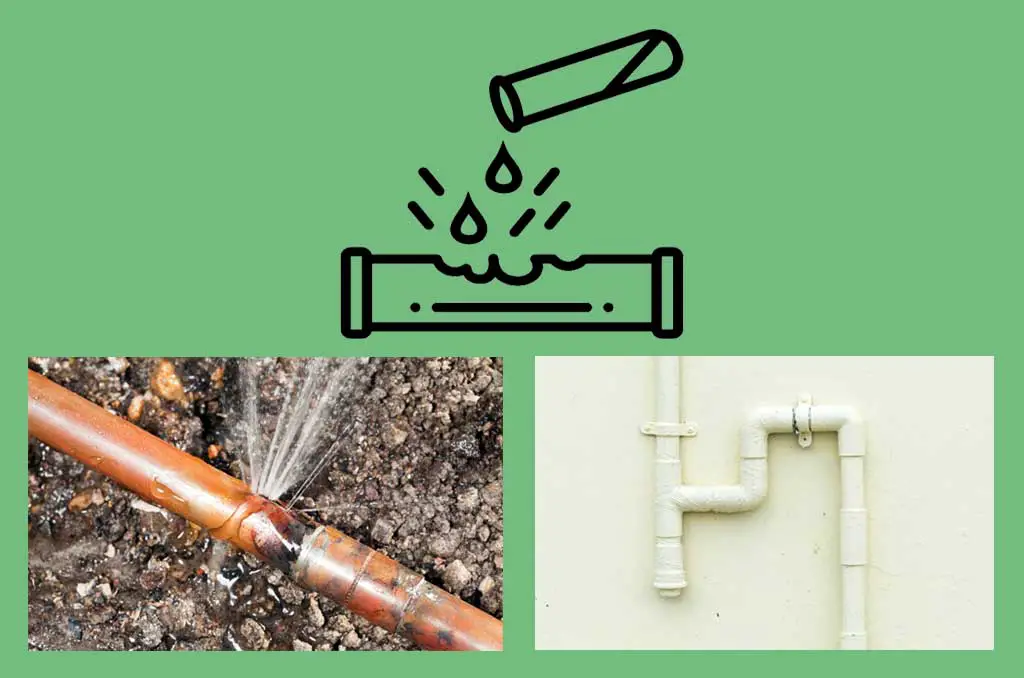
That is why the company of Drano themselves strictly prohibits it that it shouldn’t be used on toilets as it will ultimately damage and eat up their interior.
And so the same question arises in the case of using Drano for shower drains as well. That is, whether Drano will damage the shower drain or not.
I will share the answer to this question in detail throughout this article. Check it out!
Quick Answer
As per the claim of the company of the drain cleaner brand Drano, it is safe for shower and bathtub drains.
Even though I have never used Drano in the shower drain, those who have tried it highly recommended it as it efficiently cleans clogged shower drains with the least to no damage.
The Drano Max Gel is rated by many plumbing experts as one of the best solutions to clean up clogged, or slow-moving shower drains.
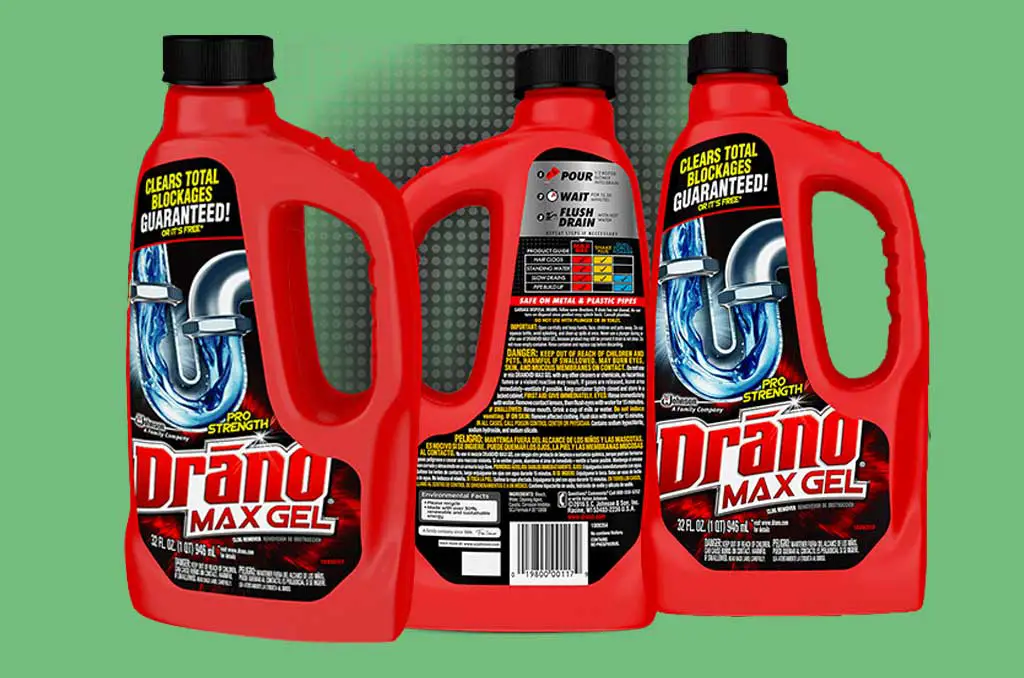
What Makes a Shower Drain Clog?
If you have female members in your house who have long hair and use the shower, the drain of which is clogged now, then there’s more than a 90% chance that this is due to the deposition of hair clots.
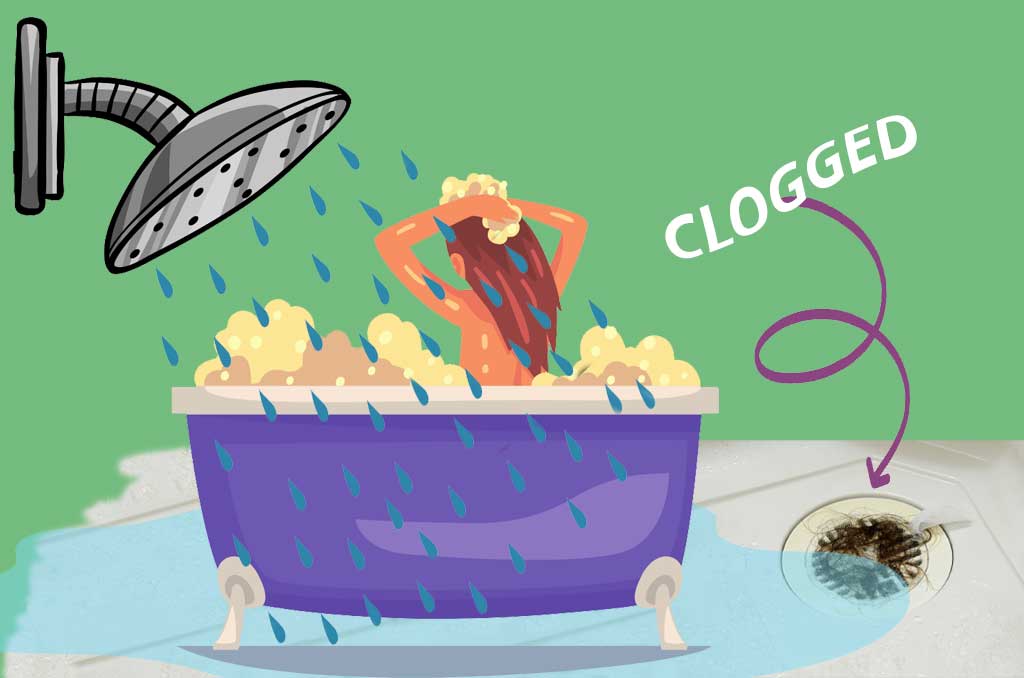
Human hair is made of a very tough protein called Keratin. Because of this protein, the hair is very elastic, flexible, and hard to break.
That is why whenever a clot of hair accumulates at a place, it’s tough to break it down. And so, to remove such hair clots forming clogs, you need something chemically powerful.
And there’s no doubt that Drano is a very chemically robust solution since it has the capability even to damage iron pipes.
Thus, Drano is considered one of the best solutions to clean up shower drain clogs as it can eat up hard hair clots through decomposition.
What to Try Before Drano to Clean the Shower Drain?
Whenever you feel like there’s a clog in your shower or bathtub drain obstructing your drain’s smooth movement, don’t just jump into using Drano first.
First, check for visible obstructions on your drain. Many of the blocks or clots, mainly due to hairs, are visible on the surface of the drain or somewhere shallow.
If you notice such a clog that is visible and near enough for you to reach, then remove it immediately from there.
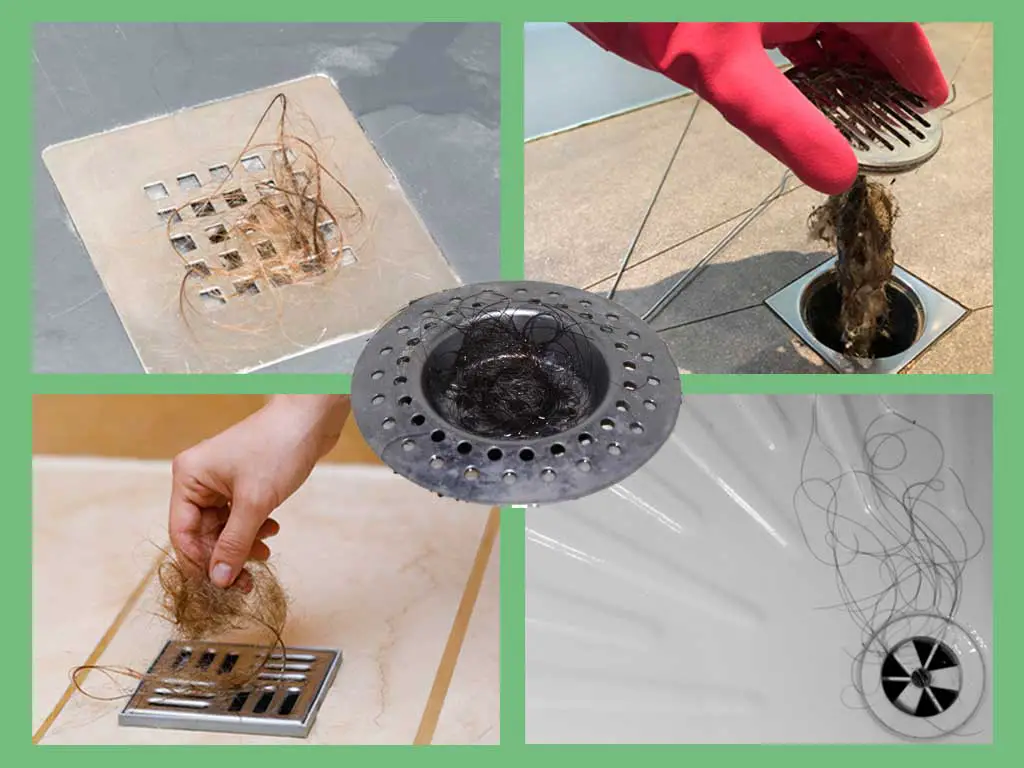
If you don’t see any clogs with your naked eyes anywhere near, then check whether your shower drain consists of a stopping or closing mechanism.
Many modern shower drain toppers have a mechanism to block or close the drain to prevent the water from getting drained when you don’t want it to.
This very mechanism is mainly observed in bathtub shower drains.
Hence, to check it, you just need to ensure enough space between the shower drain topper and the drain to properly expel the water to the drain.
If you feel there isn’t enough space for the water to pass smoothly through, check for ways to open the shower drain stopper.
There are different types of closing systems on shower drain toppers.
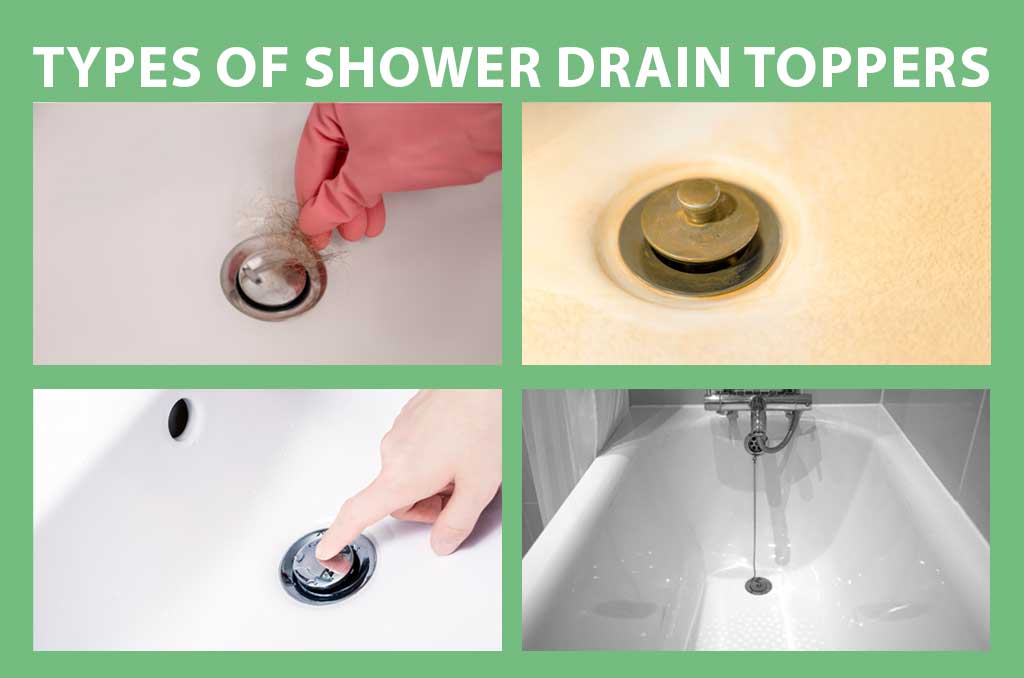
Many shower toppers contain a separate portion in the middle that must be unscrewed to rise and open the shower drain.
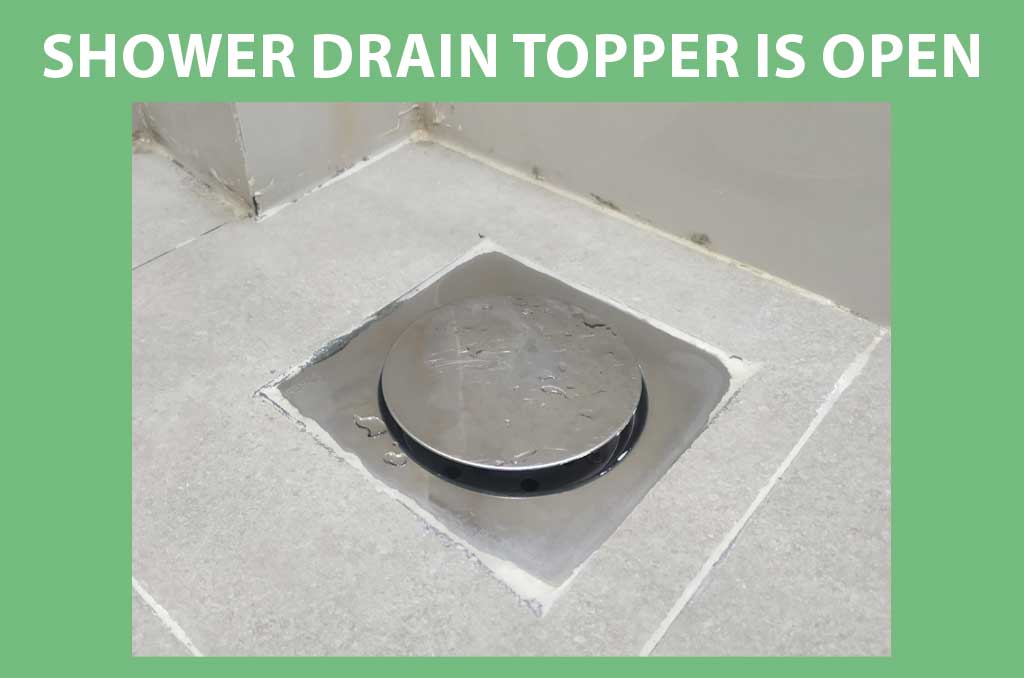
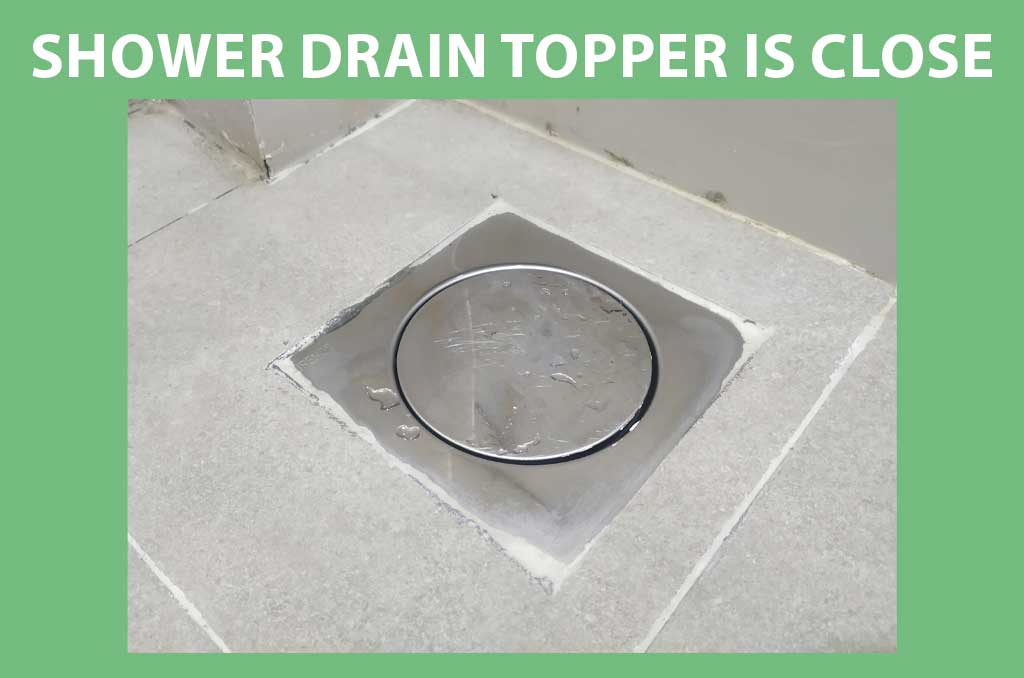
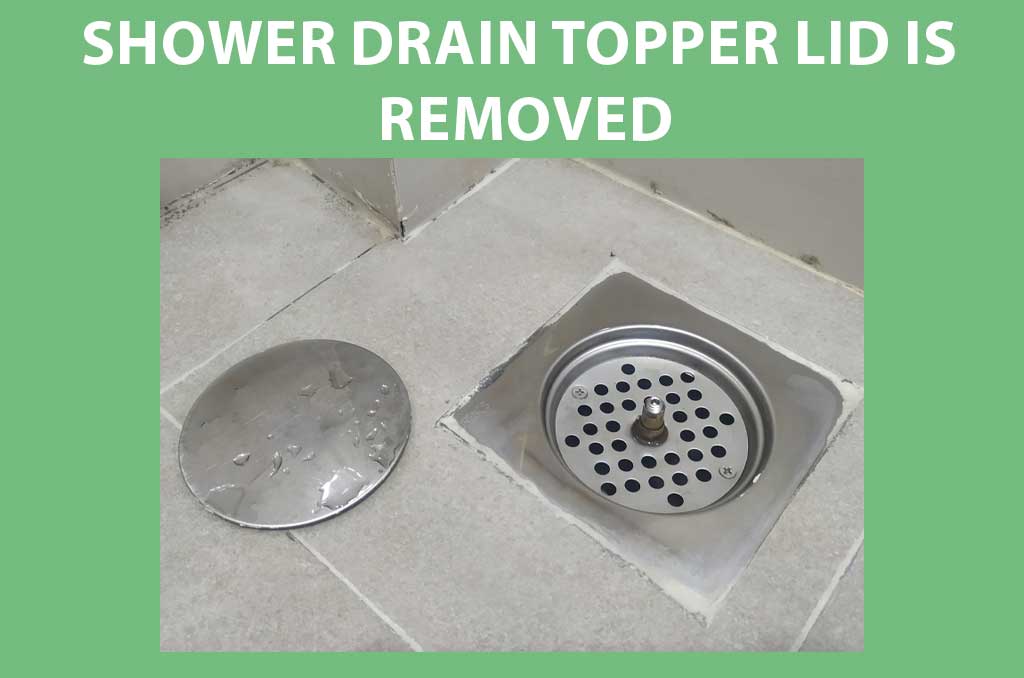
Therefore, in case the stopper or closing system of your shower drain has accidentally closed, it can be the reason why the shower water isn’t draining.
Alternatives to Using Drano for Cleaning the Shower Drain
If your shower drain is open and clogged and you can’t reach or see the clog, you will have to use Drano to clean it.
But if you’re still not confident enough to use Drano on your shower drains even though it is confirmed safe for them, there is no pressure.
You can try out these alternative methods to clean your shower drain instead. And see if this works for it.
Below, I list alternative methods to clean the shower drain rather than going for Drano.
Using Boiling Water
If your shower drain clog isn’t too hard to break, a pot full of boiling water should be the most straightforward and instant solution.
So, you should try it first, even if you’re planning to go for Drano. All you have to do is to take a pot full of boiling water and pour it carefully into the shower drain.
Repeat this process three to four times, and then check if you notice any change in the water flow to the shower drain.
If the change isn’t significant enough to satisfy you, repeat it a few more times until it completely clears out the drain.
Using Natural DIY Cleaner
If boiling water doesn’t work for your clog, you can make a quick, easy, yet very effective DIY natural cleaner from Vinegar and baking soda.
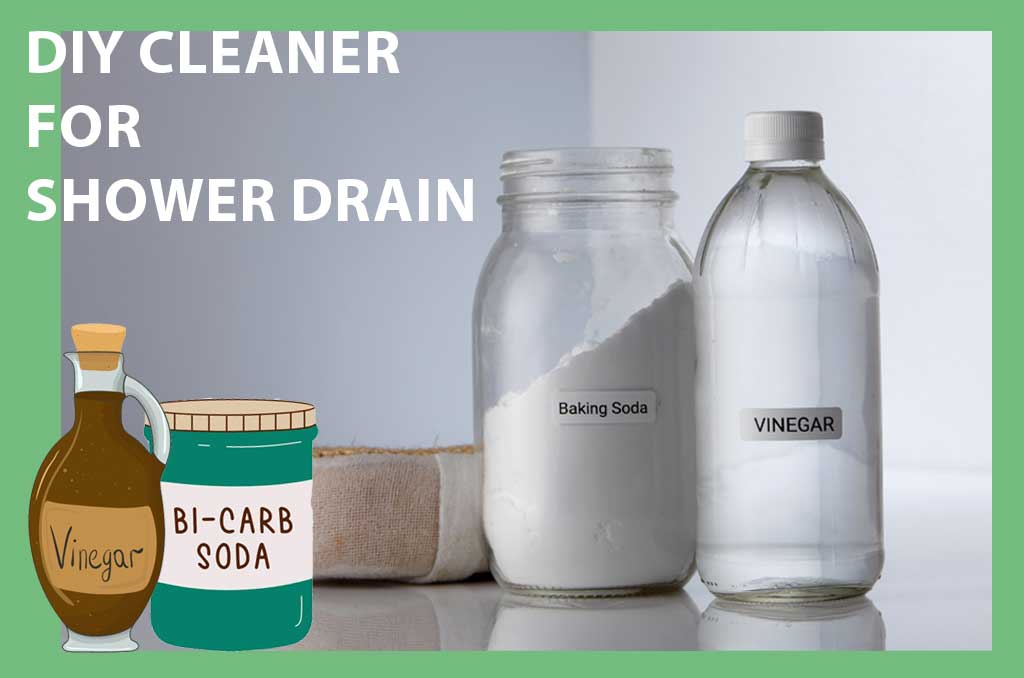
To make the natural DIY cleaner, mix a cup of white Vinegar with a cup of baking soda. Note that any vinegar or baking soda would work no matter how cheap it is.
First, pour some boiling water into the drain before dropping this solution down. So, the clog gets loosened due to it.
After that, pour the mixture of baking soda and Vinegar over it. Then wait 15 minutes and run some more boiling water to clean away all the broken clogs.
Using a Drain Snake
This is a bit of a messy method that can make your clothes and shower base very dirty. For this, you’ll need a plumbing tool called a drain snake.
Drain Snakes are a trendy plumbing tool that helps clear drain clogs. Thus, you can use it to clean your shower drain clog.
It should be available in any plumbing or hardware store near your house. Generally, drain snakes are metallic, but a disposable plastic version is also available.
It is a retractable and flexible drilling tool that is supposed to be pushed down the drain and dragged up the clog hung with it.
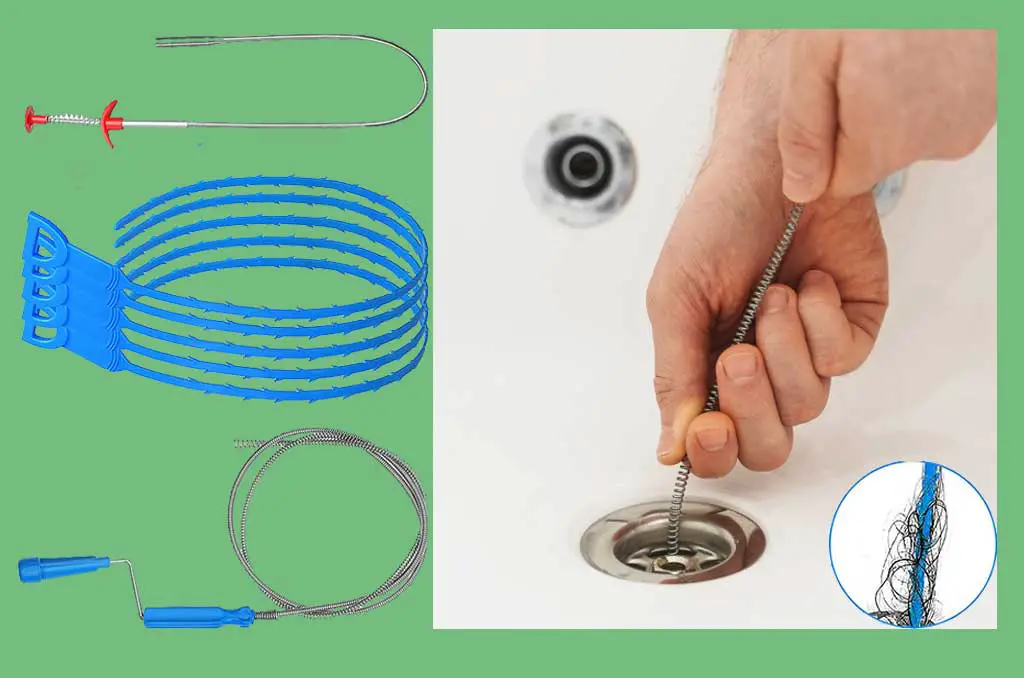
Final Words
I hope I could help you with the information you need through this article.
It is challenging to answer accurately among the many controversies and debates on the safety of using Drano.
So, if you don’t feel like using Drano for your shower drain, don’t go for it until there’s no other option left.
Thanks for reading till the end!

James is an organic fertilizer professional who owns a successful organic fertilizer company in new jersey. He is an expert in waste management in both houses and community cases. In his free time, he loves to write about his experiences in the field.


1 thought on “Is Drano Safe for Shower Drains?”
Comments are closed.